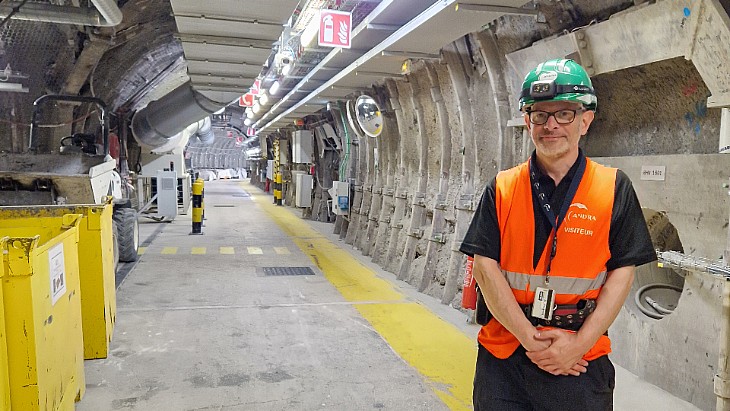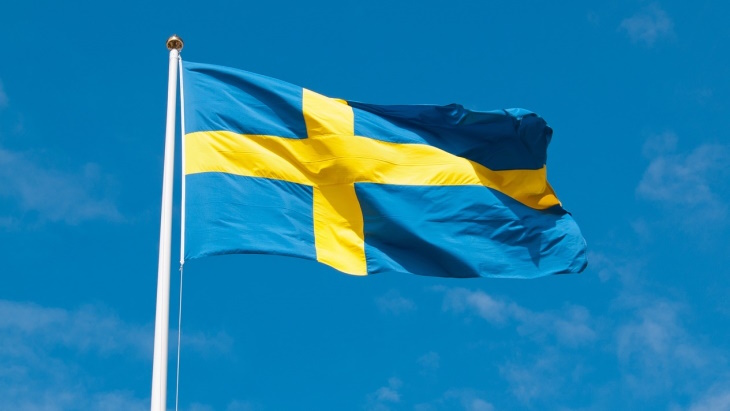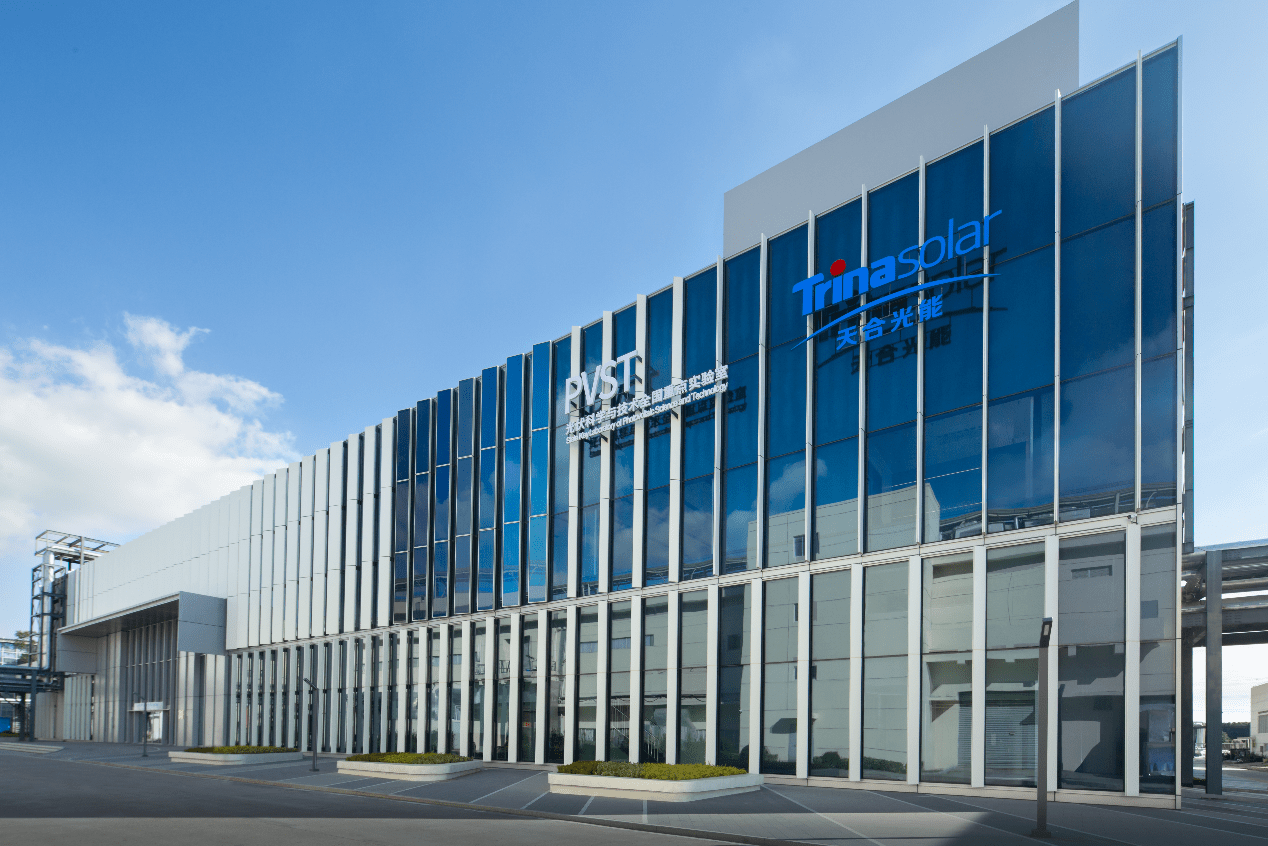Monday, 23 December 2024

Why is there a need to collaborate internationally?
We’ve been pioneers in the nuclear industry for decades. But that doesn’t mean we should stop learning. Collaborating with our international network means we’re exposed to a much broader range of thinking. We can learn from each other and get the best from the huge reservoir of knowledge that’s been developed around the world. The evidence base and arguments we use to support our claims of safety are far more robust when they draw from multiple sources and are subject to cross examination from the best brains in the field. It’s also good to be challenged. It keeps our thinking fresh.
It’s important for people early in their careers to work with more experienced programmes and with more experienced people. When they bring their evidence to the international arena it will be scrutinised by the best in the world. That sets a gold standard and challenges them to be at the top of their game.
It also gives us the chance to recruit, and at a time when we are facing a nuclear skills gap, that is vital. By working internationally, we can periodically “swap” experts with secondments. On these visits, they’ll work in a specific area for a long time to bring more knowledge, experience and understanding back home. They will also be exposed to different cultural professional approaches to research programmes. This mutual understanding will help to build and sustain these vital international relationships and give them a fresh perspective.
When I give talks, I always say we are not alone in our endeavour. The professional relationships we develop internationally means we can support each other in our goal to make nuclear waste permanently safe, sooner.
How do you collaborate?
The Geological Disposal Facility (GDF) programme is an international effort. More than 20 countries across the world are trying to develop a GDF. The most advanced is in Finland. It is expected to achieve the world first disposal of spent nuclear fuel by the end of the decade. Each GDF is likely to be the first (and only) of its kind in each nation state and its construction is very different to building an aircraft or submarine, for example. Every few decades engineers design new classes of submarines which are iterations on what came before. They build on the learning from the previous class and transfer it into the new class so they can build better submarines over time. But a GDF is a different kind of proposition.
That is why we have to learn through experiments and knowledge sharing, so that the design is right and the facility can be adapted over its lifetime. A lot of our experiments need to be run in a prototype environment in an underground research laboratory. But the best instruments and facilities for these experiments are one of a kind and expensive to build. We use relevant underground laboratories around the world, working with international teams, to undertake this kind of work, sharing cost and knowledge. This kind of collaboration is an essential part of developing the evidence base and technology to deliver.
Our partners in France and Switzerland, among others, are another great resource. The geologies they are looking to develop in are similar – for example France is developing its GDF in a clay geology similar to that of interest in the UK. That is why we have such a close technical relationship. We can also draw on technical learning from Sweden and Finland around pivoting from a scientific organisation into a delivery organisation and then an operating organisation as the building of our GDF moves through different phases. We can use their example to learn how we can build positive working relationships with communities too.
What kind of experiments do you run in underground laboratories?

Nuclear Waste Services staff in Switzerland (Image: NWS)
We’re running an experiment in Switzerland’s Mont Terri underground laboratory. The experiment, called HotBent, will help us determine whether we can pack High Heat Generating Waste (HHGW) more efficiently in the GDF. Our High Heat Generating Waste (HHGW) packages, like high level waste glass, could be emplaced horizontally in tunnels, within a lower strength sedimentary rock. The packages will be surrounded by a swelling natural clay, bentonite, which will seal them in place, protecting them. The HHGW will heat the surrounding bentonite clay and we need to ensure that the temperature does not rise to too much, otherwise its swelling characteristics could be affected. So, one aim of the HotBent experiment is to determine whether bentonite clay can sustain higher temperatures, at realistic scales, and in real conditions.
This information will help us to optimise the layout of the GDF and HHGW container spacing, which could translate into substantial saving in time, cost, and excavation, without any compromise in safety. So, you can see just how important these international facilities are. We need to verify and validate our disposal concepts through tests at realistic scale and in real environments. Laboratory work is very important, but in this context it only goes so far. Thanks to our strong relationships with international counterpart organisations, we can run these experiments in existing facilities which are relevant to our GDF design, without needing to develop our own underground research laboratory at this point.
What does international collaboration mean to you?
Communication and relationships are so important to progression in science. It takes dedication, it takes effort. And not just from me, from all of us. We all want the same thing – to keep people safe for hundreds of thousands of years.
When you consider we’ve only been on the planet for 300,000 years, you get a sense of the enormity of our work. Nuclear waste doesn’t know anything about international borders so we need to connect, human to human, to build relationships that will help us implement the technical solutions to make nuclear waste permanently safe, sooner.













